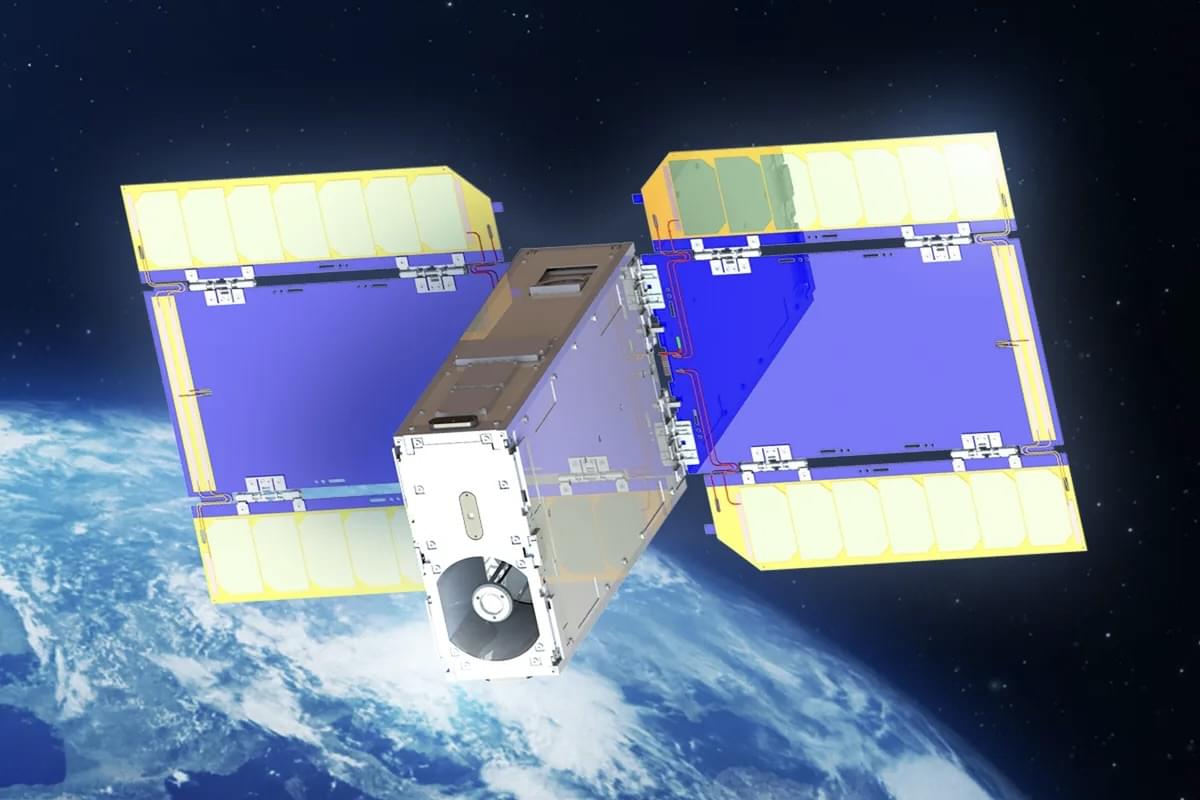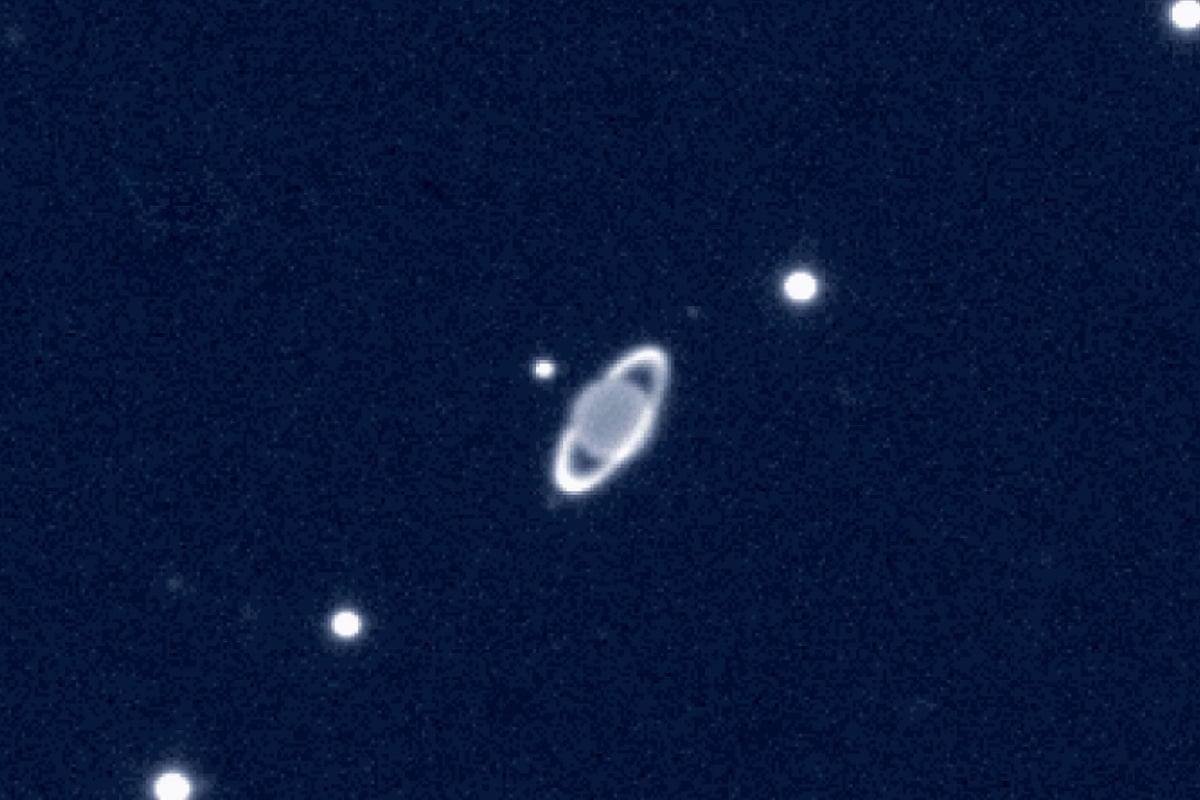Ilya Sutskever’s Safe Superintelligence in talks with investors to raise funding at $20 Billion valuation, up from $5 billion last September.
Get the latest international news and world events from around the world.
Why do scientists believe that our universe consists of more than three dimensions?
And how can we even begin to conceptualize this?
In this video, Michio Kaku & Carl Sagan explains the idea of the 4’th dimension, and the dimensions that goes beyond four.
If you would like to support my work financially, you can donate here:
/ twt_pc.
All contributions are greatly appreciated!
Sources:
1. Michio Kaku — Are there Extra Dimensions?
• Michio Kaku — Are There Extra Dimensi…
2. Cosmos — Carl Sagan — 4th Dimension.
• Cosmos — Carl Sagan — 4th Dimension.
Background music: ambient meditation number 5 — natureseye.
Follow us on Facebook & Twitter:
/ pl.curious.
/ twtatheist.
Email:
Karl Reads-And he Built a Crooked House-Robert Heinlin
Architects these days…

Dr. Amir Baniassadi, Ph.D. — Marcus Institute for Aging Research — Environmental Gerontology
Environmental Gerontology & Vulnerability Science For Health And Well-Being — Dr. Amir Baniassadi, Ph.D. — Marcus Institute for Aging Research, Hebrew SeniorLife / Harvard Medical School.
Dr. Amir Baniassadi, Ph.D. is an Instructor of Medicine at Harvard Medical School and an Assistant Scientist in Marcus Institute for Aging Research (https://www.marcusinstituteforaging.o… where he works on environmental impacts on health and well-being of older populations.
Dr. Baniassadi works on the impacts of ambient air temperature and air quality (both indoors and outdoors) on outcomes related to the health and well-being of physiologically and socioeconomically vulnerable populations. His research applies novel environmental modeling and measurement techniques along with remote and long-term physiological and functional monitoring of individuals to establish relationships between exposure and outcome variables of interest outside clinical lab settings. The ultimate goal of his research is to develop environmental interventions that optimize the environment for health and longevity of older adults.
Dr. Baniassadi has a Ph.D. in Civil, Environmental, and Sustainable Engineering from Arizona State University and a B.Sc. degree in Mechanical Engineering from the University of Tehran. His post-doctoral training includes a three-year T32 fellowship in Translational Research in Older adults, and a two-year postdoctoral fellowship at Harvard University Graduate School of Design.
#AmirBaniassadi #HarvardMedicalSchool #MarcusInstituteForAgingResearch #EnvironmentalGerontology #VulnerabilityScience #Exposome #Health #WellBeing #Wearables #SmartHome #AgingInPlace #Thermoregulation #HeatIslands.

DeepMind claims its AI performs better than International Mathematical Olympiad gold medalists
An AI system developed by Google DeepMind, Google’s leading AI research lab, appears to have surpassed the average gold medalist in solving geometry problems in an international mathematics competition.
The system, called AlphaGeometry2, is an improved version of a system, AlphaGeometry, that DeepMind released last January. In a newly published study, the DeepMind researchers behind AlphaGeometry2 claim their AI can solve 84% of all geometry problems over the last 25 years in the International Mathematical Olympiad (IMO), a math contest for high school students.
Why does DeepMind care about a high-school-level math competition? Well, the lab thinks the key to more capable AI might lie in discovering new ways to solve challenging geometry problems — specifically Euclidean geometry problems.


All planets to align at the same time in rare planetary parade
Seven planets are set to appear in the night sky this month in a rare full planetary alignment.
Mars, Jupiter, Uranus, Venus, Neptune, Mercury and Saturn will appear in a row on the evening of 28 February, marking the last time for 15 years that all of the planets will be visible at the same time.
Planetary parades of four or five planets happen relatively regularly, though alignments of six or seven are remarkably rare.
